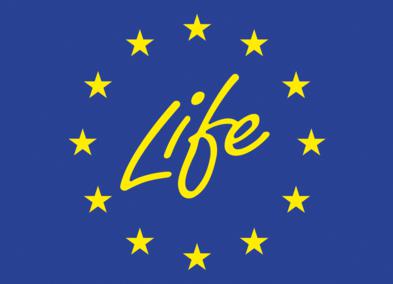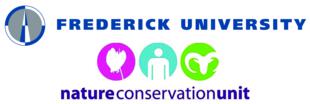

.jpg)
T H E P R O J E C T

Web-design and development: George A. Constantinou
Copyright © 2017 - Department of Forests


Α. The project LIFE-KEDROS and its expected results
The objective of the project is to ensure the medium and long-term preservation of the priority habitat type 9590* Cedrus brevifolia forests in good conservation status, at the only Natura 2000 site (CY2000008) that the habitat is found. The project's objective will be achieved through the adoption of specific conservation actions, both within (in situ) and outside (ex situ) its natural range. The project aims to:
i. The reduction of fire danger and the possibility of habitat loss or even its complete destruction as a result of a single large forest fire incident.
ii. The enhancement of the habitat's resilience and adaptation capacity to climate change and the competition by other forest trees and shrubs.
iii. The restoration and expansion of the habitat within the project site and the enhancement of the natural regeneration capacity of Cedar stands.
iv. Improvement of other biotic and abiotic factors that are important for the health and vigorousness of Cedar stands/trees and stability of local ecosystems.
v. The preservation of the genetic material for habitat 9590* core species Cedrus brevifolia, via the implementation of ex situ conservation measures, including storage of seeds in a seed bank and creating a new population of Cedar outside its natural environment.
vi. The implementation of public awareness activities and the dissemination of project results to local and overseas managers and scientists.
Project innovation
The project activities that aim to address the threats to the habitat are inspired by nature and correspond to the ecological requirements of habitat 9590*.
LIFE-KEDROS project is characterized as a best practice and demonstration project because it interferes and implements, for the first time within a designated Nature Reserve such as the Cedar Valley, actions and integrated management measures. These include the controlled grazing for reducing fire risk, carefully designed silvicultural measures focusing on the specific needs of the habitat; the use of fauna and other abiotic factors to improve the stability and resilience of the habitat, the establishment of an ex situ new population of the protected tree species and a well-planned collection and storage of seed lots in a seed bank.
Expected results
Although a project's impact implemented in nature is more obvious over time, the actions which will be implemented within this project's duration will have tangible and measurable results. Specifically:
i. Implementation of silvicultural treatments within natural and artificial stands of the targeted habitat, leading to the sound management of an area of 200 ha, representing 50% of the habitat's total area.
ii. Increase the habitat connectivity and stability, by restoring12 ha of the habitat's degraded area and through permanent closure of selected forest roads (10 km), corresponding to ~18% of the habitat's natural area.
iii. Increase the habitat area by expanding the targeted habitat by 4 ha, corresponding to ~4% of the natural habitat area.
iv. Strengthen the habitats' health through managing the population of seed feeders and bark beetles by installing 10 Barn Owl nests, 20 bat boxes and 10 insect traps.
v. Ex situ conservation of the Cedrus brevifolia genetic diversity, through collection of seeds for 3 consecutive years and storage in a seed bank (~250 kg) and establishment of a new population (provenance trial) of 8 ha at Amiantos mine.
vi. Elaboration of a fire protection plan for 9590* and implementation of fire prevention measures.
vii. Implementation of anti-erosion measures and improvement of water infiltration capacity, through the construction of 5 gabions along the main stream of Cedar Valley, 150 m of dry stone walls and by laying stem logs along contours (100 m).
viii. Expansion of the CY2000008 Natura 2000 site to include the "Exo Milos" patch and updating of the SDF.
ix. Elaboration of specific marking guidelines for 9590*, which will provide clear instructions for the optimization of silvicultural treatments.
x. Raise public awareness on the targeted habitat and dissemination of the results through: 4 rural workshops, production of a project film, printing materials (e.g. layman's report; newsletters; leaflet; information boards; parklet etc.), creation of website, and establishment of stakeholders committee.
xi. Replication and transfer of effective sustainable management of narrow endemic habitat, through the elaboration of a "Technical guide for the sustainable management and the long-term conservation of narrow endemic habitat type in a limited area of occupancy" (including cost-efficiency of the actions and results).
*The long term sustainability of the project results will be ensured through the commitment of the competent authorities, and especially the Department of Forests, to continue the implementation of project actions as these will be described in the After LIFE Conservation Plan.





.png)